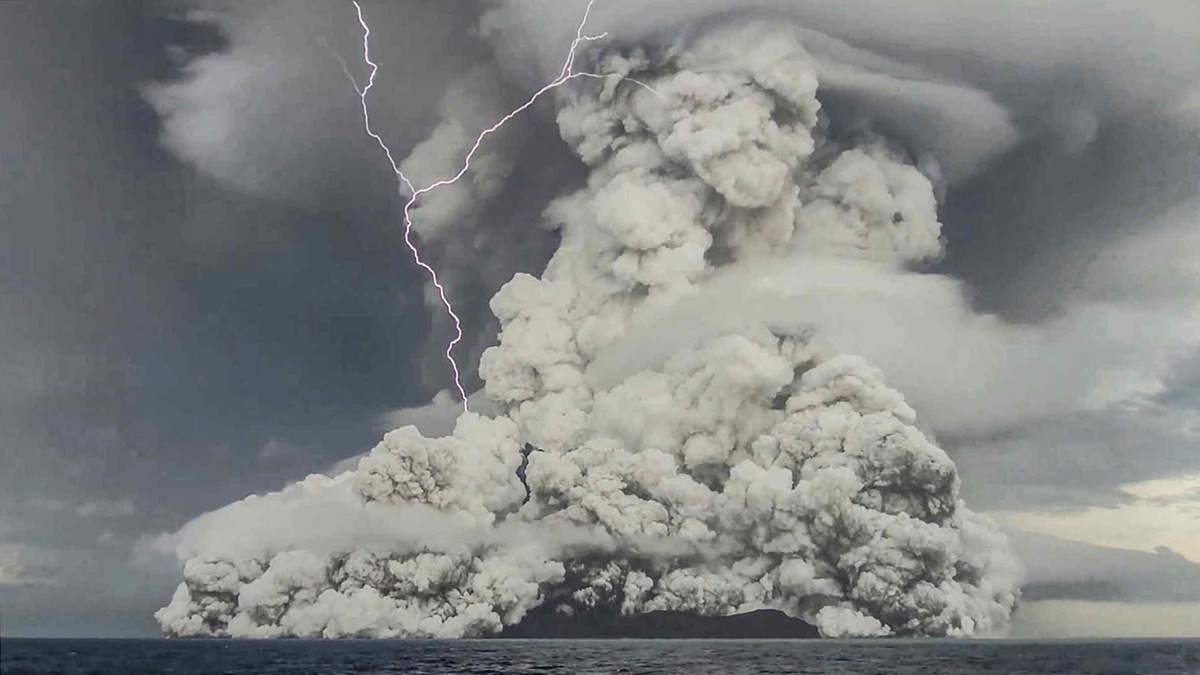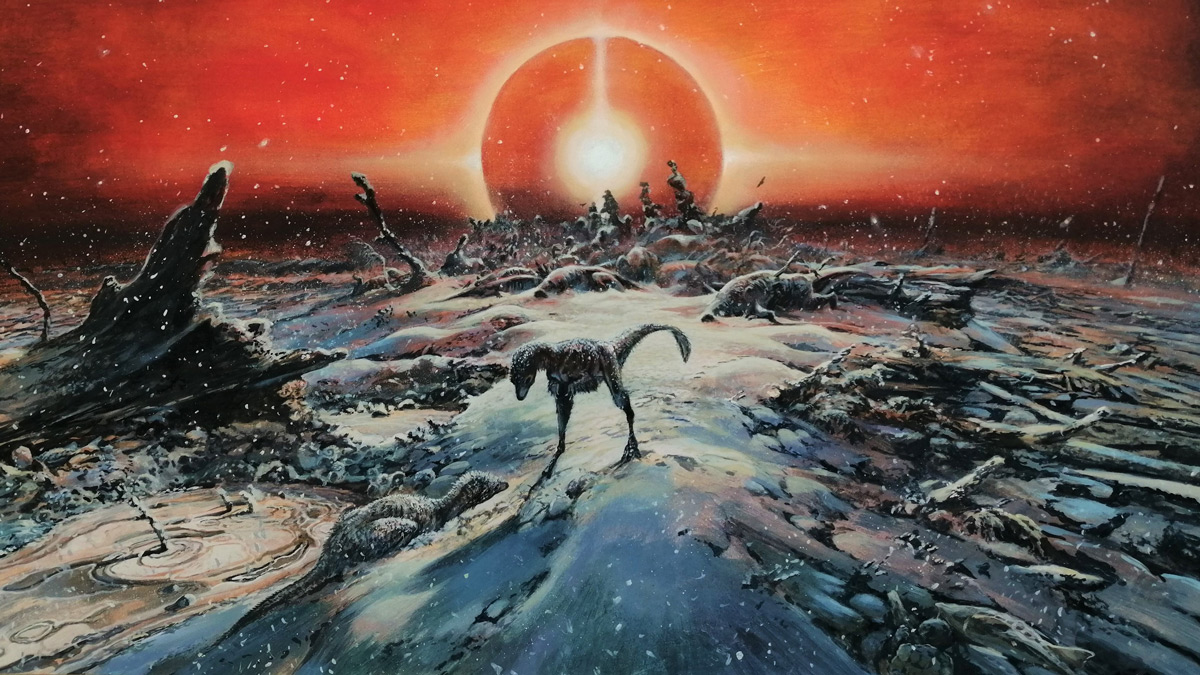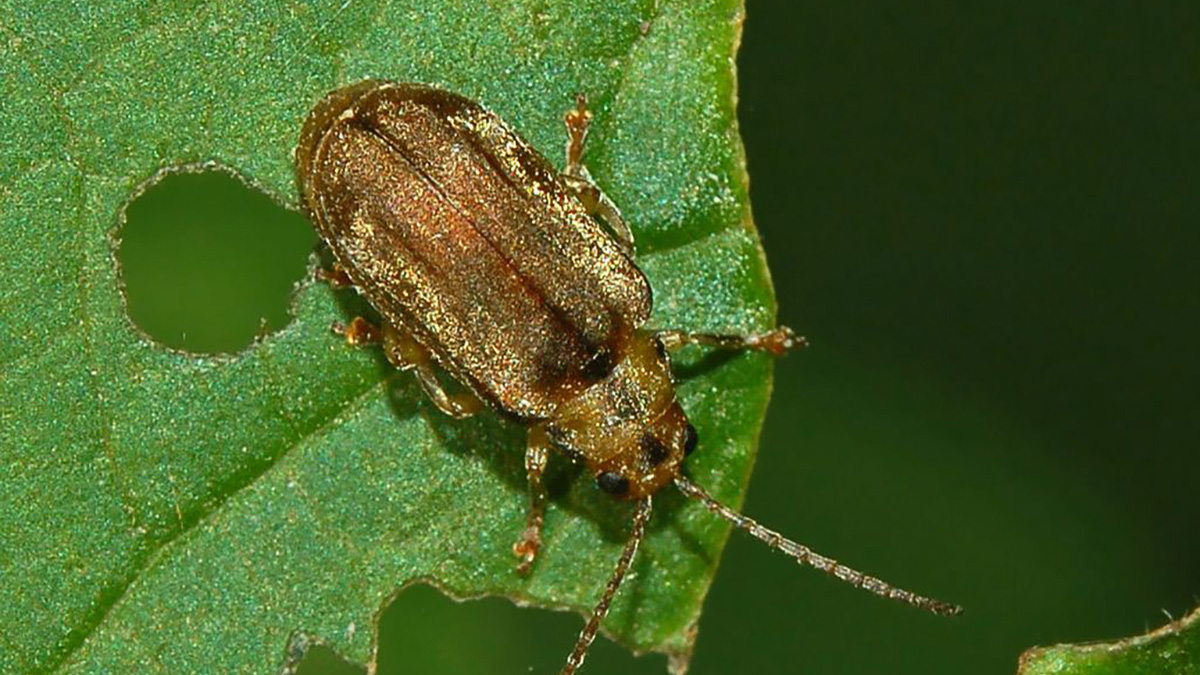随着世界第四大湖泊的消失,风从沙漠中扬起大量粉尘,散播到中亚地区,引发了人们对公共卫生的担忧。
aerosols & particles
When the Aral Sea Dried Up, Central Asia Became Dustier
Winds kick up large amounts of dust from the desert that has formed as the world’s fourth largest lake has disappeared, spreading it around the region and raising concerns about public health.
Bacteria Travel Thousands of Kilometers on Airborne Dust
As winds pick up dirt and sand, they also pick up any microbes adhering to those particles, potentially introducing them to new locations.
Monitoreando el agua en la columna eruptiva masiva del volcán de Tonga
La reciente erupción del volcán Hunga Tonga-Hunga Ha’apai arrojó aerosoles de sulfatos y una cantidad nunca antes vista de vapor de agua a la estratosfera.
Salt Spray May Stifle Lightning over the Sea
New research suggests that sea-salt aerosols seed large raindrops that starve clouds of water needed to make lightning. But not all scientists are convinced it’s simply about salt spray.
Tracking Water in the Tongan Volcano’s Massive Eruption Plume
The recent eruption of the Hunga Tonga–Hunga Ha‘apai volcano blasted sulfate aerosols and a record-breaking amount of water vapor into the stratosphere.
Tracking Climate Through Ship Exhaust
International regulations have reduced aerosol pollutants released from ships. Now, researchers want to use ship tracks to better understand the ambiguous effects that cleaner air has on climate.
A Post-Impact Deep Freeze for Dinosaurs
New research supports the hypothesis that dinosaurs were done in by climate change after an asteroid impact kicked up a massive plume of sulfur gases that circled the globe for several decades.
Irrigation in Indo-Gangetic Plain Has Little Impact on Heat Stress
Irrigation-related cooling during summer months is overestimated by roughly 5 times, highlighting the need for climate models to accurately reflect local agricultural practices.
Plant-Nibbling Insects May Make It Cloudier and Cooler
Insects that eat plant leaves could change the local atmosphere, but current climate models do not account for this impact.










